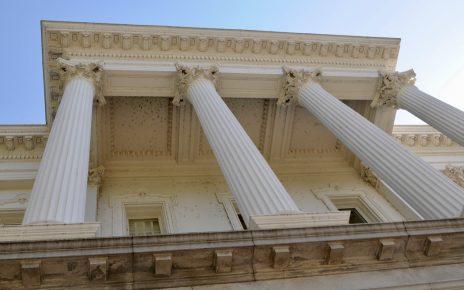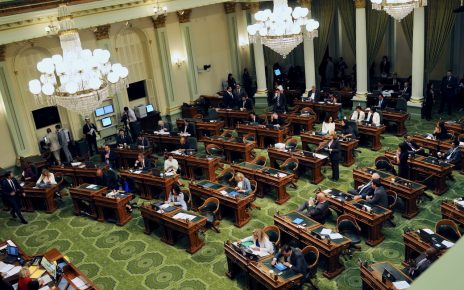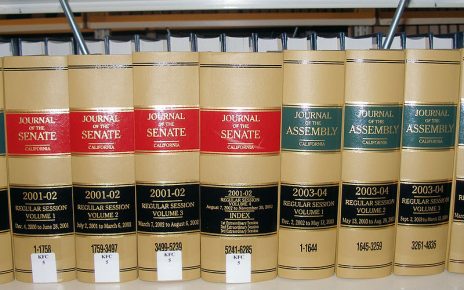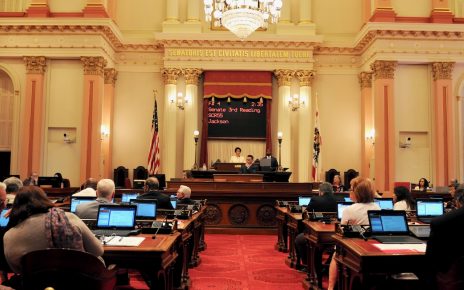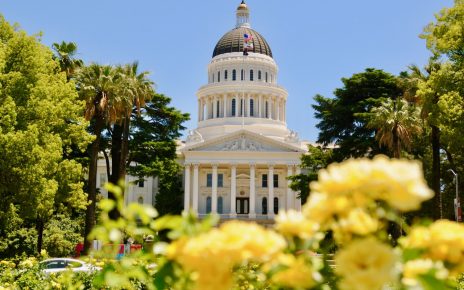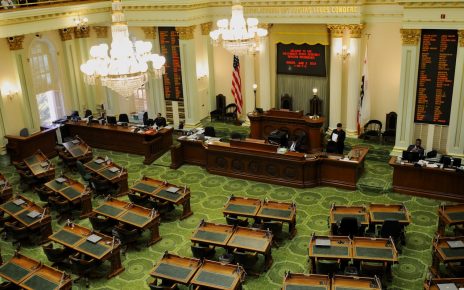Using the Correct Reference in California Bills and Statutes
One of the confusing aspects of describing provisions in statutes and in bills is using the correct terminology. For bills, there are only sections. Section 1 of a bill is always written as SECTION 1. All other remaining sections of...

